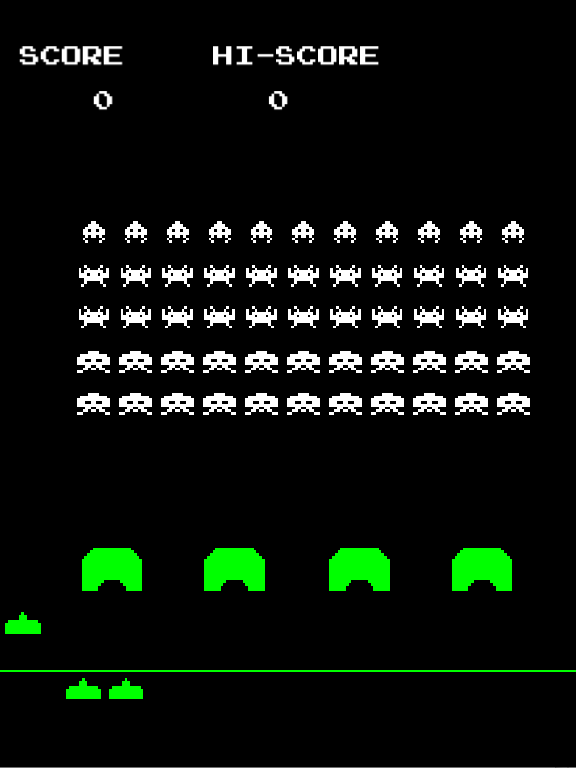
Ambedic Actions: Definition and Texonomy of a New Game Mechanics Category
This research identifies components within existing video games that demonstrate similar
characteristics in their lack of interaction with other in-game systems. The research proposes to
unite these components under the term “ambedic” to promote clarity in future research. The
research utilises a practice-led approach in its methodology, combining several methods from
different disciplines for each part of the process. A combination of formal analysis and MDA
framework lenses is used in the initial investigation of existing media to produce a series of
archetypes of ambedicity. Practical considerations are used to choose two early arcade-era
games to clone to provide a context within which new ambedic actions are generated. The
development of these actions is analysed using autoethnography to produce insight into how
future game designers may approach implementing ambedicity within a future game.
This research identifies a series of specific player-controlled actions within existing video games that demonstrate a similar characteristic in their lack of interactivity with other in-game mechanical systems. As there is no previous definition within game design terminology for such actions, it is necessary to create and define a new term to describe this collection of actions for future research within game design.
In order to describe these player-controlled actions, this research proposes the term “ambedic”, which stems from the word “ambedo”. In The Dictionary of Obscure Sorrows, a project undertaken by writer John Koenig that gives names to previously undefined emotions, Koenig defines ambedo by its relationship to the word “albedo”, which is a measure of the proportion of light reflected from a substance, and in Latin means “whiteness” (2015, para. 1). This work extends the definition of ambedic to the context of game design. As such, we find that an apt definition can be created from the Latin prefix “ambi” (meaning “both”), and the word “edo” (which, depending on the Latin etymology used, means either “I eat” or “I produce”). The resulting neologism ambedo suggests something that both produces and consumes - that is, something that exists for the sake of its own existence. “Ambedic” describes a subject as being in a state of “ambedo”; in the context of game components, this implies that those components exist for themselves. Such components are inconsequential in the player’s progression towards any intended objectives imposed by the game designer.
An ambedic component can take many forms within a game, most commonly as actions, objects, and systems. Whether undertaken by a player or a system within the game, an action can be ambedic if it does not affect the player’s progression toward any of the specific game objectives created by the game designer. It may be argued that an ambedic action may progress a player’s personal goals within a game, such as by enhancing the player’s sense of play or immersion. One such example would be honking a car’s horn in a racing game to frustrate or encourage another player; however, the resulting effect of this concerns meta-play outside of the controlled game system and is thus discounted from having a perceivable effect on the progression of a game’s predesigned objectives.
This research seeks to explore the proposed definition of ambedo further in the context of game design, through the analysis of existing games and the generation of new game artefacts. A taxonomy of archetypal instances of ambedicity in games will be created to assist with an understanding of how to identify and create ambedic components in games. This research then progresses to discuss the aesthetic and mechanical design considerations that are made during the creation of new artefacts and provides documentation of these processes to assist future game designers in the development of ambedic actions.




